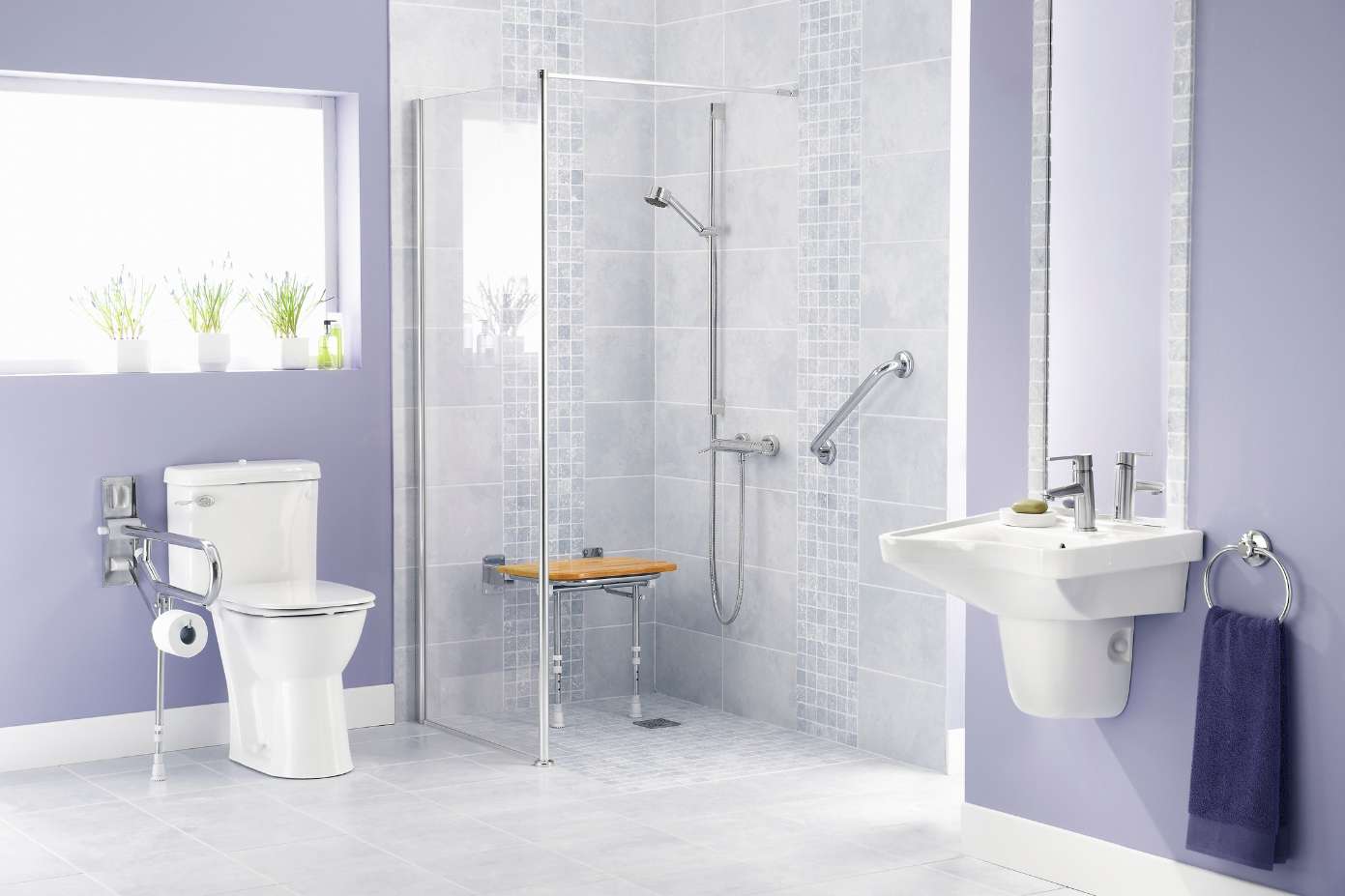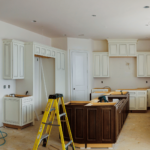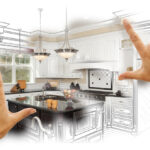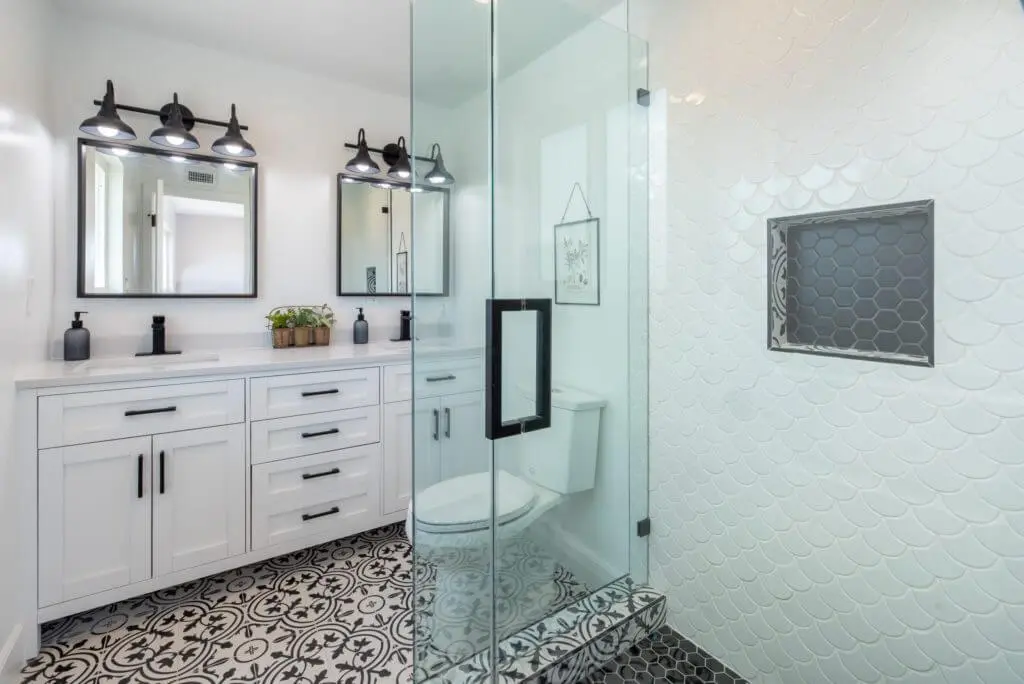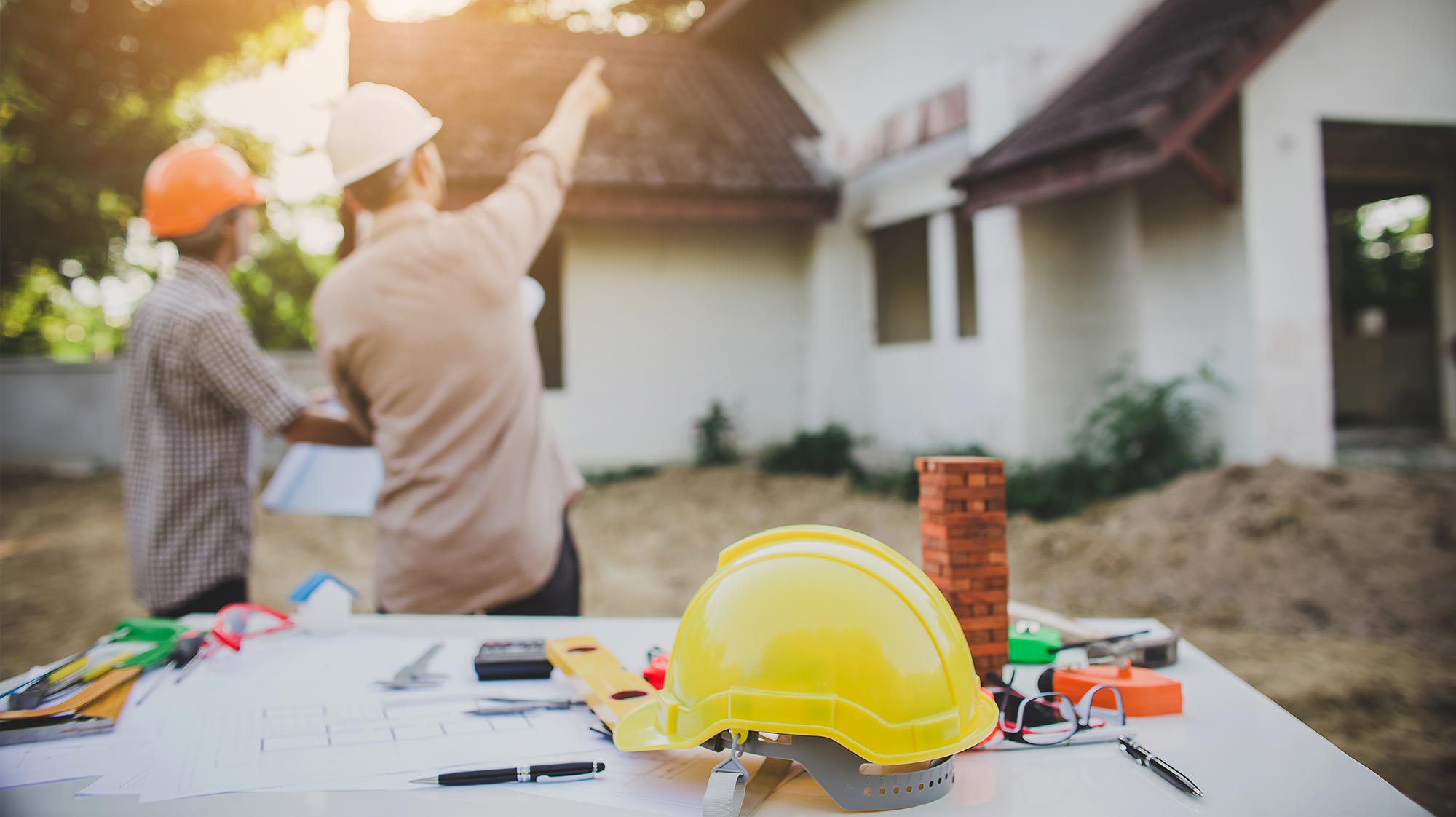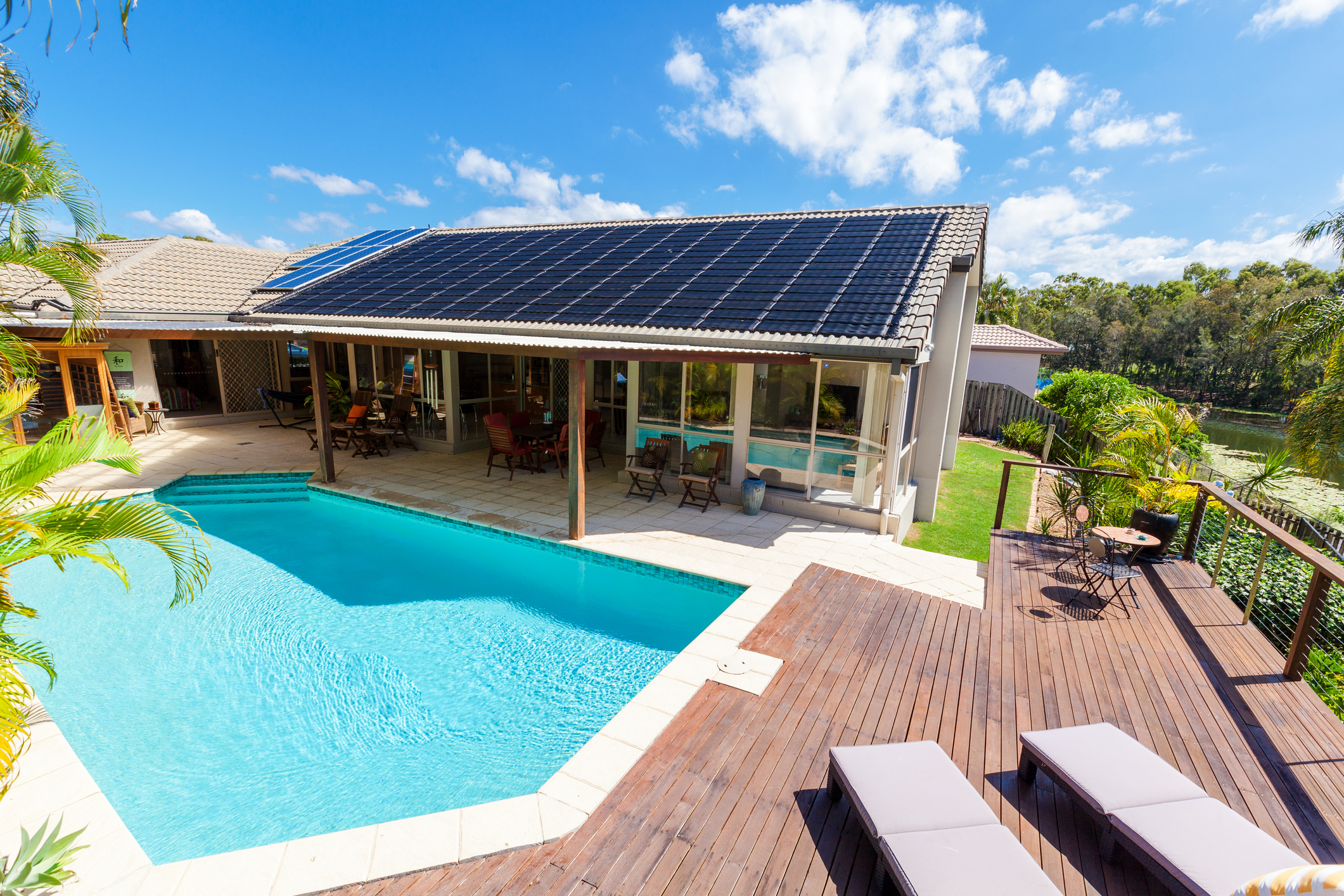When designing a handicap accessible bathroom, proper lighting is an essential yet often overlooked element. Good lighting enhances safety, improves functionality, and creates a comfortable atmosphere, which is crucial for individuals with disabilities. Whether you’re considering a remodel for yourself or a loved one, or working with a handicap accessible bathroom remodeling contractor, understanding the importance of lighting can make a significant difference in the outcome.

Content
Enhancing Visibility
Visibility is paramount in any bathroom, but it is especially critical in a handicap accessible bathroom. Proper lighting ensures that all areas are well-lit, reducing the risk of accidents. For individuals with visual impairments or limited mobility, clear and consistent lighting can help them navigate the space safely.
- Task Lighting: This type of lighting focuses on specific areas where tasks are performed, such as around the vanity mirror. Task lighting helps individuals see clearly when grooming, shaving, or applying makeup. Installing LED strip lights or wall-mounted fixtures on either side of the mirror can provide ample illumination without casting shadows.
- Ambient Lighting: Ambient lighting provides overall illumination for the entire bathroom. Recessed ceiling lights or a central ceiling fixture can ensure that the room is evenly lit. Opt for bright, cool-toned lights to enhance visibility and reduce eye strain.
- Accent Lighting: Accent lighting can highlight architectural features or decorative elements in the bathroom. While this type of lighting is more about aesthetics, it can also contribute to overall visibility, especially in larger bathrooms.
Ensuring Safety
Bathrooms are potentially hazardous environments due to slippery surfaces and the presence of water. Proper lighting plays a crucial role in preventing accidents and ensuring safety, particularly for individuals with disabilities.
- Night Lights: Installing night lights can help individuals safely navigate the bathroom during the night. Choose motion-activated night lights that illuminate automatically when someone enters the room.
- Non-Glare Lighting: To prevent glare, which can be disorienting and increase the risk of falls, use diffused lighting fixtures. Frosted bulbs or fixtures with diffusers can soften the light, creating a safe and comfortable environment.
- Illuminated Switches: Illuminated light switches are easier to locate in the dark, enhancing safety and convenience.
Enhancing Comfort and Mood
Lighting can significantly impact the mood and comfort of a bathroom, making it a more inviting and relaxing space. This is especially important in a handicap accessible bathroom, where individuals may spend more time performing daily routines.
- Adjustable Lighting: Dimmable lights allow users to adjust the brightness according to their needs and preferences. Soft, warm lighting can create a soothing atmosphere for a relaxing bath, while brighter lighting is ideal for tasks.
- Color Temperature: The color temperature of lighting can affect the overall feel of the bathroom. Warm lighting (2700K-3000K) creates a cozy, inviting atmosphere, while cool lighting (3500K-4100K) provides a bright, energizing environment.
- Natural Light: Whenever possible, incorporate natural light into the bathroom design. Skylights or large windows can bring in natural light, enhancing the mood and reducing the need for artificial lighting during the day.
Tips for Effective Bathroom Lighting
Here are some additional tips to ensure effective lighting in a handicap accessible bathroom:
- Layered Lighting: Use a combination of ambient, task, and accent lighting to create a well-lit, functional space. Layered lighting provides flexibility and ensures that every area of the bathroom is adequately illuminated.
- Light Placement: Carefully consider the placement of lights to avoid shadows and ensure even illumination. Position task lights at eye level on either side of the mirror, and avoid placing lights directly overhead.
- Energy Efficiency: Choose energy-efficient lighting options, such as LED bulbs, which consume less energy and last longer than traditional incandescent bulbs. Energy-efficient lighting can reduce electricity bills and environmental impact.
- Consult a Professional: Working with a bathroom remodeling contractor can ensure that your lighting plan meets all safety and accessibility standards. A professional can provide valuable insights and recommendations based on their expertise and experience.
Trust a Professional for Bathroom Accessibility
Proper lighting is a critical component of any handicap accessible bathroom. It enhances visibility, ensures safety, and creates a comfortable, inviting environment. Whether you’re planning a minor update or a complete remodel, focusing on lighting can make a significant difference in the functionality and aesthetics of the space.
By understanding the importance of lighting and incorporating these tips, you can create a bathroom that meets the needs of individuals with disabilities and enhances their overall quality of life.

Christine Kelley is a dedicated home blogger who has been blogging for over six years. She covers everything home related. Christine also loves writing posts about her travels to Europe with her husband and two children.

